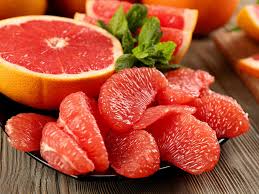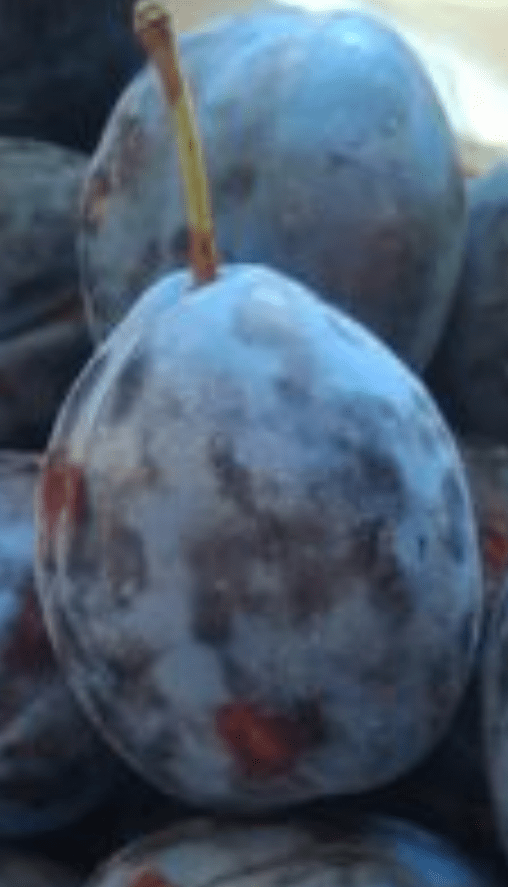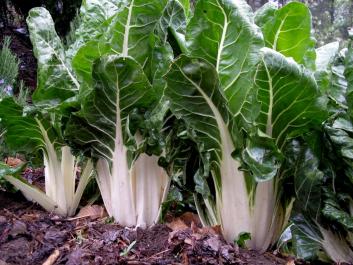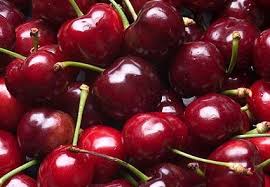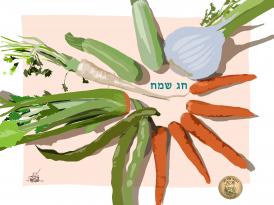I absolutely love the smell of citrus blossoms.
If you happen to see a woman who, by all signs looks normal, is standing under a clementines tree, or oranges or lemons simply smelling and sniffing the air with a look of deep pleasure – don't worry, and don't cross the road to the other side, it's just me inhaling as much of this perfume as possible before the fragrance period is over and the fruits begin to develop.
The difference between an orange and a grapefruit is easy to see, but what is the difference between a pomelo and a sweetie? And where is the grapefruit located on this family tree? Let's start with what they have in common. They are all citrus fruits, of course, and therefore rich with vitamin C and in nutritional fiber. Vitamin C is exactly what the body needs to begin preparing for the winter and to strengthen the immune system to fight the many viruses waiting in ambush to infect it (while nutritional fiber is good for the digestive system – it both contributes to the feeling of satiety, and also "drives processes" faster and improves metabolism). Now, we talk about the differences.
The organic pomelo was here in the past. And so was the orange. But they lived in different places. The pomelo originally grew in Southeast Asia. Just like here, the Sabres grows wild along the roads, in Malaysia pomelos grow along the rivers. All you need to do is stretch your arm out and pick (and anyone who has ever picked a fruit directly from the tree knows that there is nothing that can compete with the flavor, or the aroma that release from the fruit when disconnected from the tree and providing everything around with a winter perfume.
But this is my romance with fruit picking, and I'm also eagerly waiting for the winter to come, so anyway). It was also grown in Thailand, Japan, India, Bangladesh, Vietnam, Indonesia… Therefore, there is a good chance you'll find pomelo in your salad when you visit these countries (or papaya, or at least some green mango). Today, with the spread of globalization, the pomelo grows commercially primarily in California, as well as in Israel.
If as a result of an accident or intentional hybridization, one day the pomelo was crossbred with an orange (also called sweet orange, but unlike the pomelo, where the sweet taste is more delicate) -the result is a grapefruit. Small, cute, flushed cheeks (the red variety) and sourish. And how was the sweetie obtained? From pomelo and grapefruit. Why do we love it? Because it is less bitter than the pomelo, and contains more juice than the grapefruit.
The pomelo, by the way, I like more, despite its bitterness, and despite the thick peel protecting the core of the fruit – Simply because the content is much more crispy and crunchy in the mouth…
Pomelo is not only conveniently operated in terms of juice preparation – it also contains lots of antioxidants. Beyond that, it is a great way to balance cholesterol levels by lowering the "bad" cholesterol, the LDL. It also helps regulate blood fibrinogen levels, which is responsible for clotting functions (too many active clotting factors actually make the blood more viscous, a negative thing when wanting to maintain normal flow in the vessels- And this is the extend of my explanation, without getting into complex medical descriptions).
It contains lots of vitamin C! 100 grams (and I hope you eat a lot more) contains 61 mg of vitamin C – more than the orange in which there are 54 mg, and the grapefruit in which there are "only" 33 mg. The pomelo also contains potassium and phosphorus, lots of water and a few calories.
Yours,
Maggie's Garden Team
Forecast:
In the ORGANIC vegetable baskets we expect (draft only):
Cucumber
Tomato
Lettuce
Potato
Carrot
Onion
Parsley
Pumpkin
Spinach
The LARGE organic vegetable baskets also include:
Eggplant
Coriander
Carrot
In the ORGANIC fruit baskets:
Sweetie
Red grapefruit
Banana
The large ORGANIC fruit baskets also include:
Pomelo
Pear
New! New! The ORGANIC Green Basket:
Swiss chard
Celery
Kale
Basil
Dill
A kind of lettuce
Mint
Sprouts

